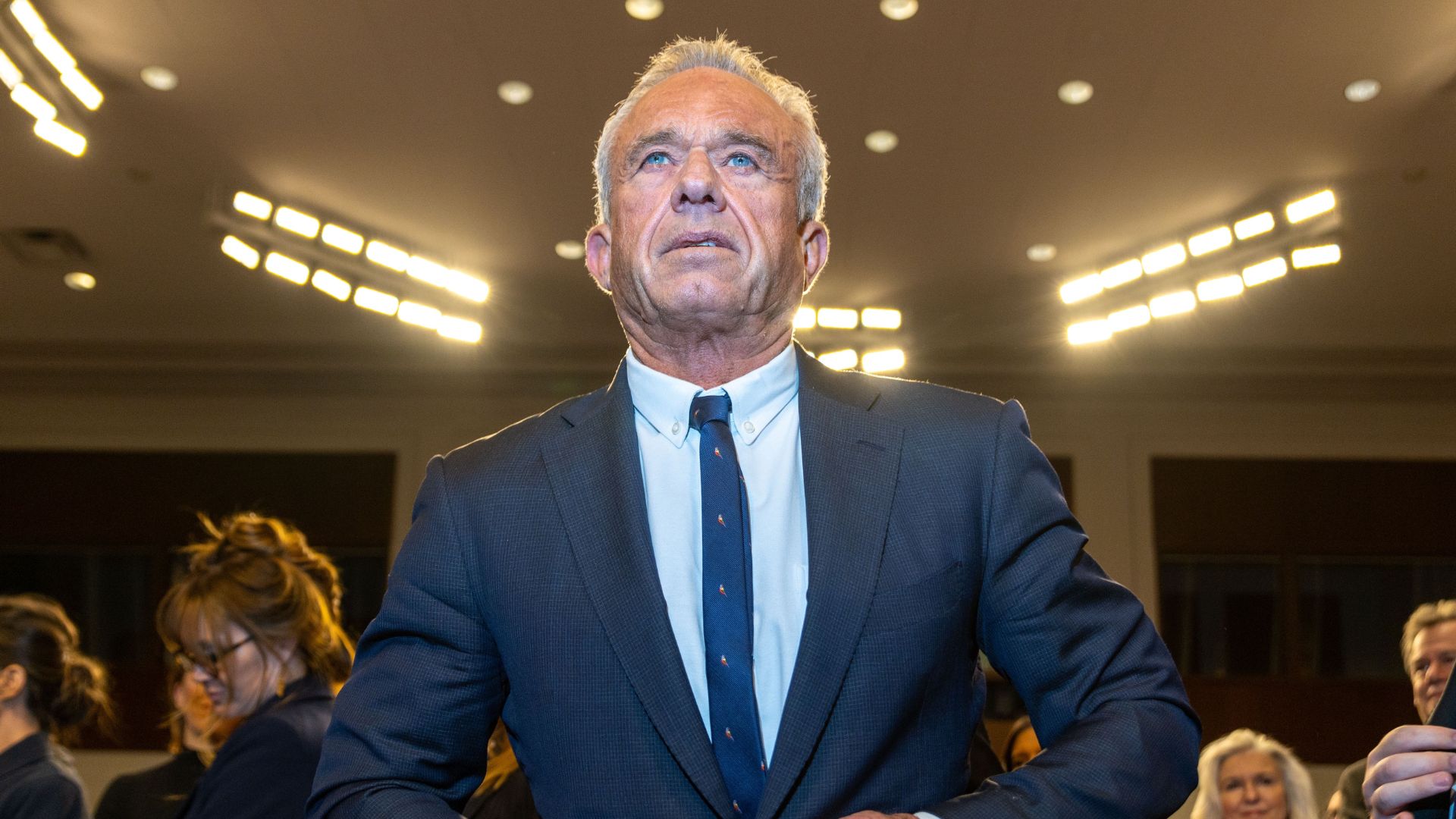
Kraft Heinz announced Tuesday that it will remove all FD&C artificial dyes from its U.S. product line by the end of 2027, aligning with federal pressure from the Trump administration to eliminate petroleum-based food colorants from the nation’s food supply.
🚨 JUST IN: Kraft Heinz announces it will eliminate ALL chemical dyes in its products over the next 2 years.
MAHA victory. pic.twitter.com/55zXKSIFkY
— Eric Daugherty (@EricLDaugh) June 17, 2025
Trump’s Sovereign Wealth Fund: What Could It Mean For Your Money?
Effective immediately, Kraft Heinz also stated it will no longer introduce any new products in the U.S. that contain artificial colors.
The company added that it is working with its licensees to phase out the use of artificial colorants across all affiliated brands.
Pedro Navio, president of Kraft Heinz North America, said in a statement that the company has already significantly reduced the use of artificial dyes in its portfolio.
This Could Be the Most Important Video Gun Owners Watch All Year
“The vast majority of our products use natural or no colors, and we’ve been on a journey to reduce our use of FD&C colors across the remainder of our portfolio,” Navio said.
Navio pointed out that Kraft Heinz’s ketchup has never included artificial coloring, stating that the product’s red hue comes naturally from tomatoes.
The company previously removed artificial dyes, preservatives, and flavors from its Kraft Mac & Cheese in 2016.
WIN: Kraft Heinz leading the charge to ditch chemical dyes in food and drinks — proof industry can step up without government intervention! 👏
Healthier America starts here! #MAHA https://t.co/6guV6oRTFX
— Secretary Brooke Rollins (@SecRollins) June 17, 2025
The move comes as Health and Human Services Secretary Robert F. Kennedy Jr. has made the elimination of synthetic food dyes a top regulatory focus since taking office earlier this year.
“For too long, some food producers have been feeding Americans petroleum-based chemicals without their knowledge or consent,” Kennedy said in a statement released in April.
“These poisonous compounds offer no nutritional benefit and pose real, measurable dangers to our children’s health and development.”
In April, the U.S. Food and Drug Administration (FDA) announced a collaboration with the food industry to phase out several FD&C color additives, including FD&C Red No. 40, Yellow No. 5, Yellow No. 6, Blue No. 1, Blue No. 2, and Green No. 3.
These colors have long been permitted for use in foods, drugs, and cosmetics under the Federal Food, Drug, and Cosmetic Act, but are now facing increased scrutiny over health concerns.
Make America Healthy Again: Kraft Heinz will remove ALL artificial food dyes from its products by 2027 and will NOT launch any products with artificial colors in the United States effective immediately.
The food giant said 90% of its products do not contain the petroleum-based… pic.twitter.com/1Fo9Hn3IjU
— RedWave Press (@RedWave_Press) June 17, 2025
Earlier this year, the FDA revoked the authorization for FD&C Red No. 3, also known as Erythrosine, a synthetic dye known for its bright cherry-red appearance.
The agency cited research under the Delaney Clause, a provision of federal law that prohibits the approval of any food additive shown to cause cancer in humans or animals.
The FDA’s decision followed a formal petition to reconsider Red No. 3’s approval.
The dye has already been banned in the European Union and has not been permitted for use in cosmetics and topical drugs in the U.S. for over 30 years due to its association with animal carcinogenicity.
Under the FDA’s new guidelines, food manufacturers must eliminate the use of FD&C Red No. 3 in food products by January 15, 2027.
Drug manufacturers have an additional year, with a deadline of January 2028, to comply.
Kraft Heinz stated that only a “small number” of its current products include artificial colors, citing the FDA’s long-standing approval of these additives as the reason for their historical inclusion.
The company says it is committed to completing the transition to an artificial dye-free product lineup by the end of 2027 and will continue working with its partners to meet federal regulatory timelines.
Connect with Vetted Off-Duty Cops to Instantly Fulfill Your Security Needs

![Former Bravo Star Charged After Violent Assault Using a Rock-Filled Sock in Tennessee Walmart [WATCH]](https://www.right2024.com/wp-content/uploads/2025/07/Former-Bravo-Star-Charged-After-Violent-Assault-Using-a-Rock-Filled-350x250.jpg)



![Karoline Leavitt Levels CNN's Kaitlan Collins and Other Legacy Media Reporters [WATCH]](https://www.right2024.com/wp-content/uploads/2025/07/Karoline-Leavitt-Levels-CNNs-Kaitlan-Collins-and-Other-Legacy-Media-350x250.jpg)
![Man Arrested After Screaming at Senators During Big Beautiful Bill Debate [WATCH]](https://www.right2024.com/wp-content/uploads/2025/06/Man-Arrested-After-Screaming-at-Senators-During-Big-Beautiful-Bill-350x250.jpg)



![Illegal Alien Walked Free After Decapitating Woman, Abusing Corpse for Weeks [WATCH]](https://www.right2024.com/wp-content/uploads/2025/07/1753013138_Illegal-Alien-Walked-Free-After-Decapitating-Woman-Abusing-Corpse-for-350x250.jpg)





